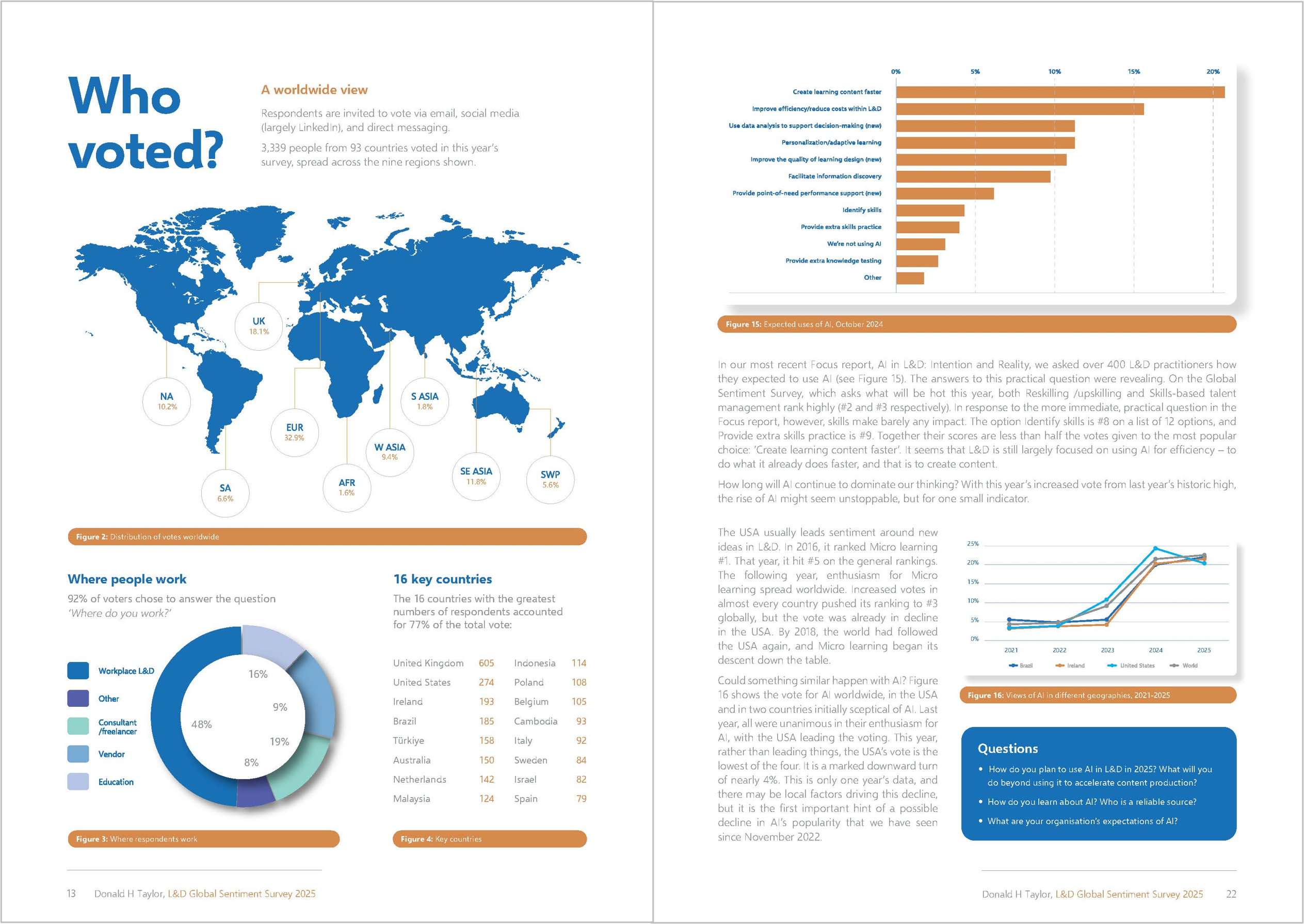Learning and intangibles

Champion of informal learning Jay Cross recently posted on the issue of the intangible nature of work, drawing on an article in the Wall Street Journal by Jared Sandberg: : A Modern Conundrum: When Work’s Invisible, So Are Its Satisfactions.
The nature of the post got me thinking: could a convergence be coming between the worlds of organisational learning and of effective operations?
It might sound a strange question. After all, surely all workplace learning and development (L&D) is linked to organisational effectiveness?
Yes, in theory.
But in practice, I find that the two worlds I inhabit – of capability management and of workplace learning and development – are different enough to warrant separate blogs. (The L&D blog is here.)
Jared’s point is that in a knowledge economy your product is invisible, making satisfaction harder to achieve. Today you built a table, or completed one part of a departmental budget – which thrilled you more?
Management KPIs typically don’t help. They focus on what is measurable – deadlines, weights, volumes – seldom on important outcomes such as client satisfaction, or a particular individual’s contribution to a large, communal effort.
The article clearly has resonated (for one example site generating 22 comments to date, see Boundless Line).
Jay brings these issues up. He does not try to solve them. But the fact that he mentions them at all means that this esteemed commentator believes them important for the learning and development community.
I take this as one sign among many that the L&D department is coming to see its role less as a fulfilment house, putting on courses at the behest of the rest of the organisation, and more as a guiding hand in helping individuals best fulfil their potential while also meeting organisational goals.
This means, of course, that L&D must step up from simple fulfilment and start working with the operational side of the business. Only then can they discover where to focus – and consider whether training is necessarily the best response.
It also means that the organisation should be prepared for L&D to step outside its traditional role. In any organisation, someone has to take responsibility for developing people. That’s L&D’s role. But when they can best be developed by helping them understand the impact of their work, whose job is it?
If the L&D department can do it, then let them at it.


